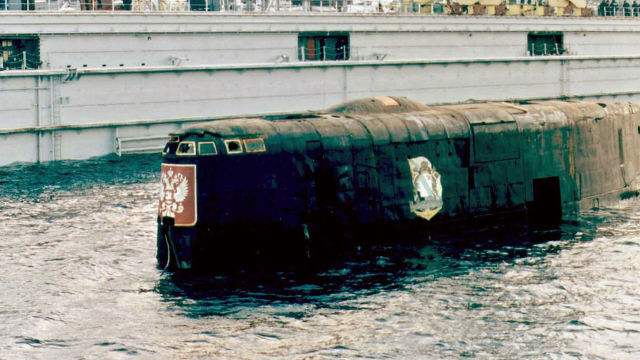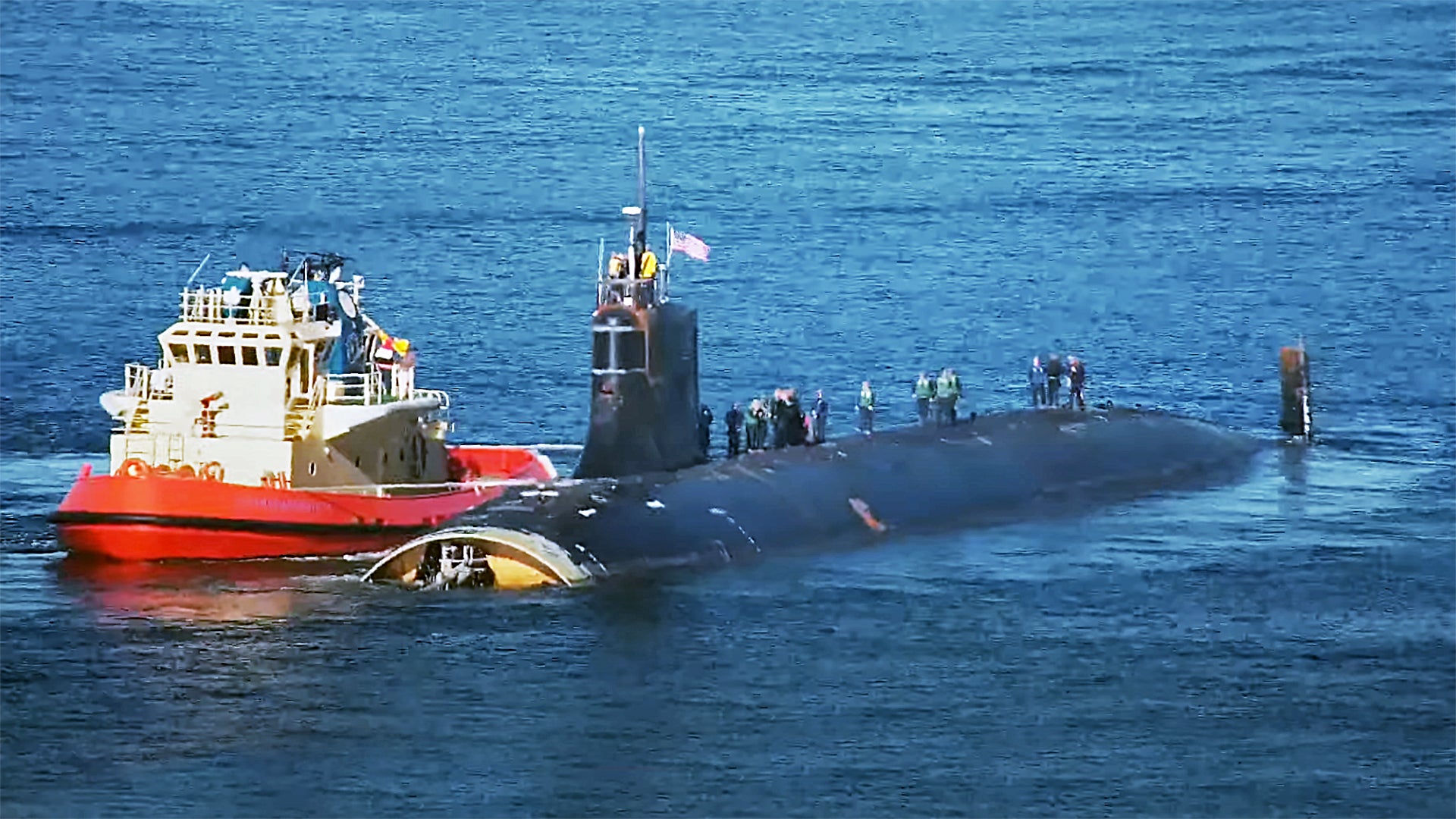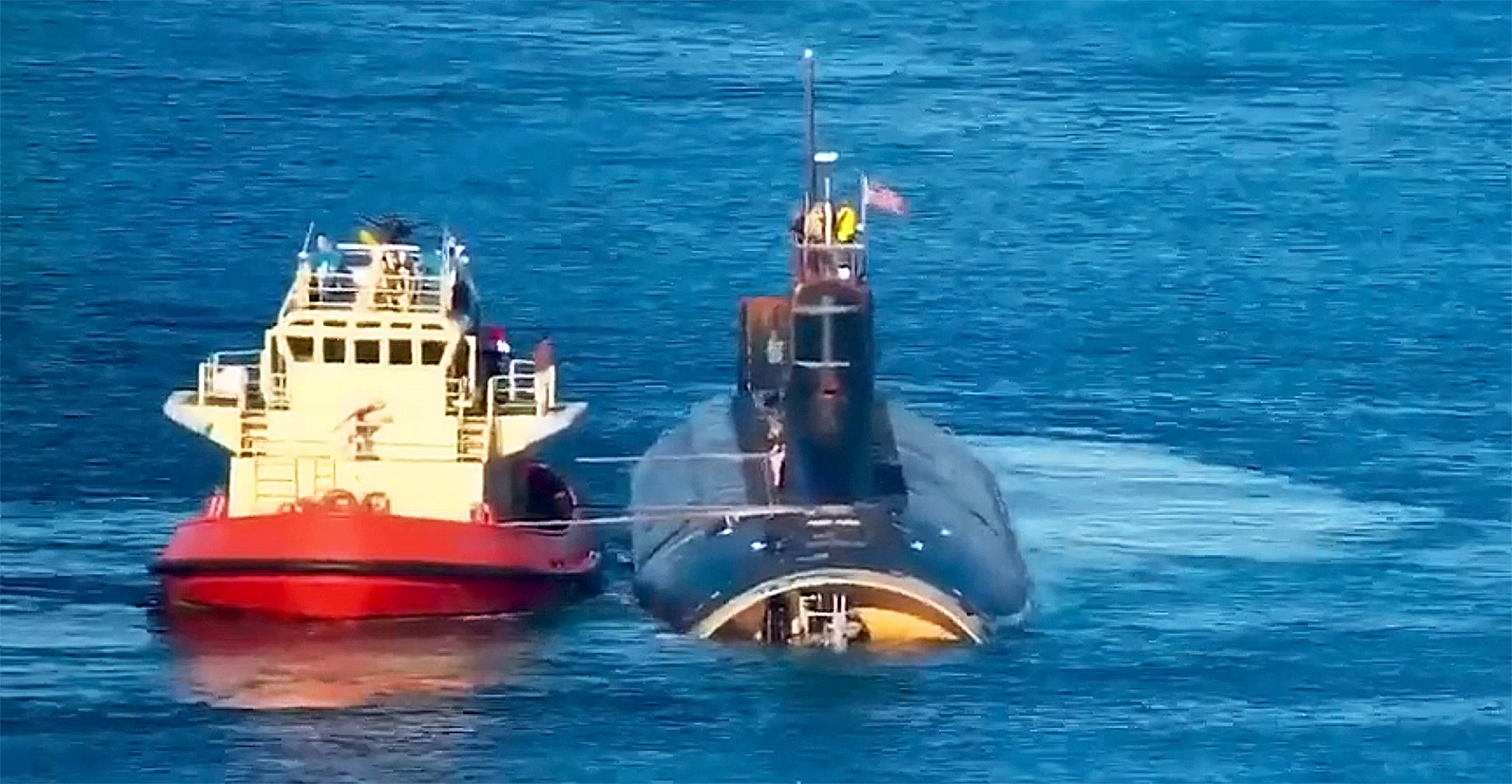MOSCOW, Nov 22 - RIA Novosti. The Kursk nuclear submarine was lost in 2000 as a result of a collision with a NATO submarine, its name is known "with a 90% probability," Admiral Vyacheslav Popov, who commanded the Northern Fleet at that time, said in an interview with RIA Novosti.
The Kursk sank on August 12, 2000 in the Barents Sea 175 kilometers from Severomorsk at a depth of 108 meters - according to the official version, as a result of the explosion of a torpedo on board and the subsequent detonation of ammunition. All 118 crew members of the submarine participating in the exercises of the Northern Fleet were killed.
Back in 2000, in Arkady Mamontov's documentary about Kursk, Popov said that for him "the main version is a collision with an unidentified submarine that hit the most vulnerable point of our boat of this project, of course, unknowingly." However, then the admiral did not indicate its affiliation and the fact that he actually knows its name.
According to Russian and foreign media, the nuclear submarines Memphis and Toledo of the US Navy, as well as the Splendid of the British Navy, were in the area of the exercises. The News24 portal reported that the Russian Defense Ministry requested permission from the Pentagon to inspect the Memphis and Toledo submarines, but was refused, there was a statement that "all submarines are in working condition." The same response followed from London, the portal reported.
According to the official version of the Russian government commission, announced in July 2002, the Kursk submarine was killed as a result of a thermal explosion of the fuel components of torpedo 65-76, which led to subsequent detonation. The government commission also decided to undermine the fragments of the submarine located at the bottom of the Barents Sea.
According to experts, the detonation of fragments was necessary from the point of view of navigation safety, since unexploded torpedoes could remain at the bottom. The place of the submarine's death is located in the center of an area of active shipping and fishing.
Collisions of Soviet (Russian) submarines have occurred repeatedly before. In particular, in February 1992, the K-276 submarine collided with the American Baton Rouge type Los Angeles submarine at the Northern Fleet combat training range in the Barents Sea. In 1993, the Borisoglebsk submarine was practicing combat training tasks again at its training ground and received a blow to the hull. The investigation found that the nuclear submarine of the US Navy Grayling was watching the Borisoglebsk, lost sight of it and collided with it. However, these and other incidents did not have such catastrophic consequences as in the situation with Kursk.




















